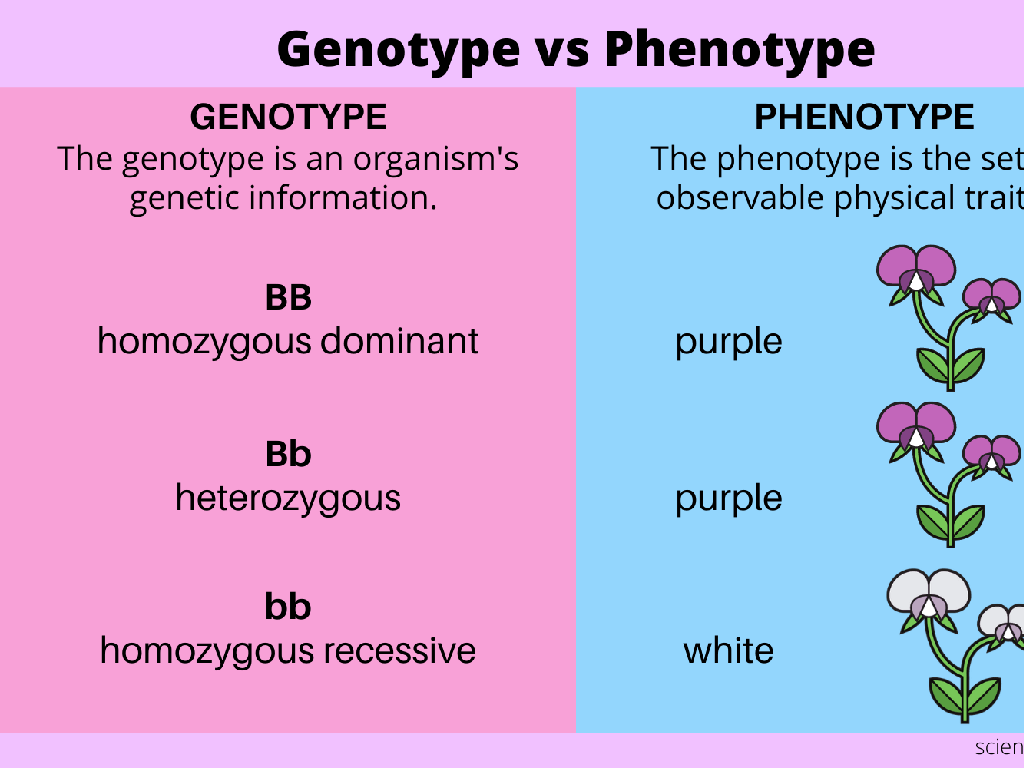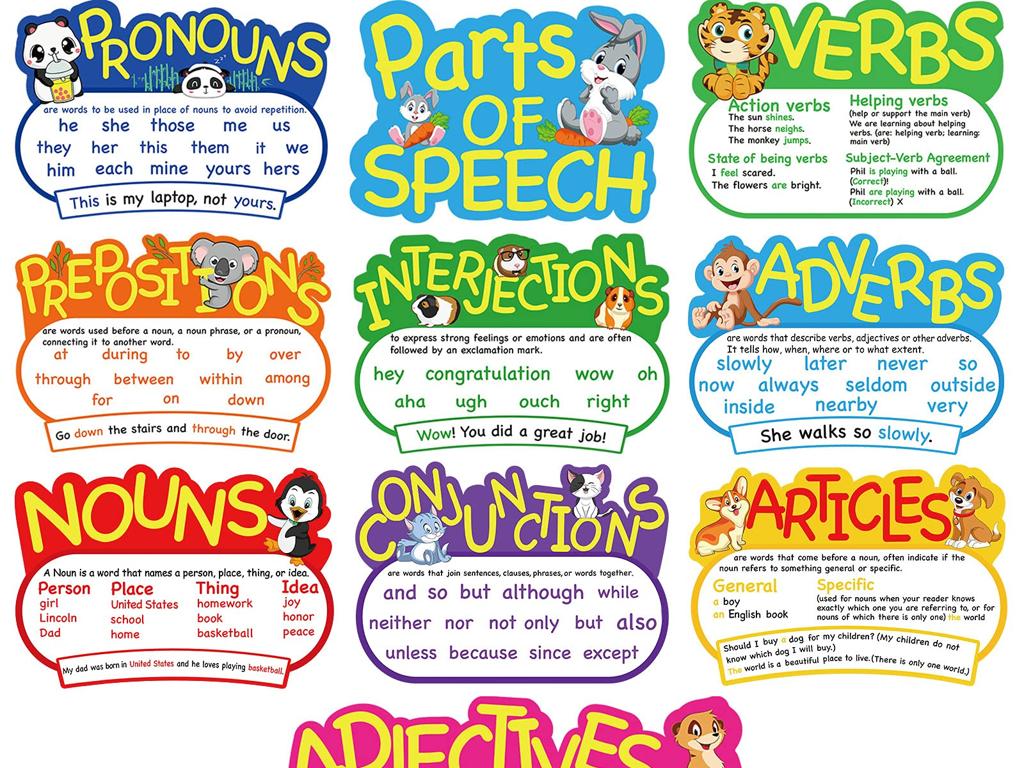Read A Thermometer
Subject: Science
Grade: Fourth grade
Topic: Weather And Climate
Please LOG IN to download the presentation. Access is available to registered users only.
View More Content
Reading a Thermometer
– What is temperature?
– Importance of temperature
– Helps us prepare for the day & understand weather patterns
– Parts of a thermometer
– Bulb, scale, liquid (usually mercury or alcohol)
– How to read a thermometer
– Check where the liquid ends on the scale
|
Begin the lesson by explaining temperature as a measure of how hot or cold something is, which is a basic concept in weather and climate studies. Discuss why measuring temperature is crucial: it helps us dress appropriately for the day and understand weather patterns, which is essential for agriculture and planning events. Introduce the parts of a thermometer, including the bulb, scale, and the liquid inside, which rises or falls with temperature changes. Demonstrate how to read a thermometer by looking at where the liquid ends on the scale. Use a large classroom thermometer for demonstration and consider having students practice with individual thermometers or in groups.
Understanding Weather
– Weather: day-to-day atmosphere
– Includes temperature and wind
– Temperature is measured by a thermometer, wind by an anemometer
– Considers humidity and precipitation
– Humidity represents moisture; rain gauges measure precipitation
– Discuss various weather types
– Examples: sunny, rainy, snowy, windy, stormy, cloudy
|
This slide introduces the concept of weather to the students, explaining that it’s the daily condition of the atmosphere affecting our environment. Emphasize that weather is not the same as climate, which is the average weather over a long period. Discuss the main components of weather: temperature, wind, humidity, and precipitation, and how they are measured. Provide examples of different types of weather and ask students to share their own experiences with weather changes. This will help them understand the variability of weather and its impact on daily life.
Understanding Thermometers
– Thermometer: a temperature tool
– It’s used to find out how hot or cold it is.
– Types: digital, mercury, alcohol
– Digital is quick; mercury and alcohol use liquid.
– Parts: bulb, scale, liquid
– Bulb holds liquid; scale shows temperature.
– Reading a thermometer
|
Introduce the thermometer as a scientific tool used to measure temperature, which is a key aspect of weather and climate studies. Explain the different types of thermometers, highlighting the digital ones for their quick readings and mercury or alcohol thermometers for their use of liquid to measure temperature changes. Discuss the main parts of a thermometer: the bulb that contains the liquid, the scale that gives the numerical value of the temperature, and the liquid inside that rises or falls with temperature changes. Teach students how to read a thermometer by looking at the level of the liquid against the scale. Use visuals to help students identify these parts and understand their functions. Encourage students to ask questions about how temperature affects the weather and why it’s important to measure it accurately.
Understanding Temperature Scales
– Fahrenheit scale in the U.S.
– Celsius scale globally
– Boiling points: °F vs °C
– Water boils at 212°F or 100°C
– Freezing points: °F vs °C
– Water freezes at 32°F or 0°C
|
This slide introduces students to the concept of temperature scales, focusing on Fahrenheit and Celsius, which are used to measure temperature in different parts of the world. The U.S. uses Fahrenheit, while most other countries use Celsius. It’s crucial to highlight the boiling and freezing points of water on both scales, as these are common reference points. For Fahrenheit, water boils at 212 degrees and freezes at 32 degrees. In Celsius, the boiling point is 100 degrees, and the freezing point is 0 degrees. Use examples like weather forecasts and cooking recipes to show how these scales are used in daily life. Encourage students to practice converting between the two scales and to understand how temperature is an essential aspect of weather and climate.
How to Read a Mercury Thermometer
– Identify the thermometer scale
– Check if it’s in Fahrenheit or Celsius
– Locate the mercury level
– Look for the silver line of mercury
– Read where mercury stops
– The number it aligns with is the temp
– Practice reading temperatures
– Use examples to become a temp-reading pro
|
This slide introduces students to the basics of reading a mercury thermometer, an essential skill in understanding weather and climate. Start by explaining the two scales commonly used: Fahrenheit, mostly in the U.S., and Celsius, used in other countries and in science. Show them how to locate the mercury, which may be a shiny, silvery liquid inside the thermometer. Teach them to carefully observe where the top of the mercury aligns with the scale’s markings to determine the temperature. To reinforce learning, provide practice examples, such as reading temperatures from different thermometers or during various times of the day. Encourage students to handle thermometers with care and discuss the importance of accurate temperature readings in daily life and science.
Reading Practice: How to Read a Thermometer
– Practice reading a thermometer
– Determine the displayed temperature
– Look at the mercury level and read the scale
– Discuss reading accuracy importance
– Accurate readings ensure correct weather interpretation
– Why accurate readings matter
– Accurate temperature readings are crucial for preparing for the day and for scientists studying climate patterns
|
This slide is aimed at engaging students in a practical exercise to read a thermometer. Start by explaining how a thermometer works and the significance of the mercury level. Show them a thermometer and ask them to read the temperature out loud. Emphasize the importance of reading the thermometer accurately, as this skill is essential for understanding weather patterns and preparing for the day ahead. Discuss how scientists rely on precise temperature readings to study climate change. Encourage students to think about situations where they would need to read a thermometer and why accuracy would be important in those scenarios.
When Do We Use Thermometers?
– Measure weather temperature
– Is it hot or cold outside? The thermometer tells us!
– Check food temperature in cooking
– Is the chicken cooked? A food thermometer knows!
– Determine body temperature in medicine
– Are we sick with a fever? A medical thermometer can show us!
|
Thermometers are essential tools used in various fields to measure temperature. When discussing weather, thermometers help us determine if it’s hot or cold outside, which affects our daily clothing choices and activities. In cooking, they ensure that food has reached a safe temperature to prevent foodborne illnesses. In medicine, thermometers are crucial for checking a person’s body temperature to diagnose fever or illness. Encourage students to think of situations at home or in school where they’ve seen thermometers being used. You can demonstrate how to read a thermometer and discuss the different types, such as digital and mercury thermometers.
Safety with Thermometers
– Thermometers are not toys
– Mercury is hazardous
– Mercury can be toxic if a thermometer shatters
– Report broken thermometers
– Always inform a teacher or parent if you find broken pieces
– Handle with care
|
This slide is crucial for ensuring the safety of students when using thermometers, especially those that contain mercury. Emphasize that thermometers should be handled responsibly and are tools for measuring temperature, not toys to be played with. Explain the dangers of mercury, a substance found in some thermometers, which can be harmful if the thermometer breaks. Make sure students understand the importance of immediately telling an adult if they come across a broken thermometer to prevent any risks of mercury exposure. Reinforce the idea of careful handling and responsible use of thermometers in all science activities.
Class Activity: Make Your Own Thermometer!
– Gather materials for the thermometer
– Build your own simple thermometer
Using a clear bottle, straw, colored water, and clay, we’ll construct a model.
– Observe water level changes
Watch the water rise or fall in the straw with temperature changes.
– Learn how temperature affects it
|
This hands-on activity is designed to help students understand the principles behind how a thermometer works. Each student will need a clear plastic bottle, a straw, colored water (for visibility), and clay to seal the bottle. The activity will involve assembling these materials to create a rudimentary thermometer. As the temperature around the bottle changes, students should observe the colored water level in the straw rising or falling. This demonstrates thermal expansion and contraction. Teachers should prepare a step-by-step guide for constructing the thermometer, ensure safety during the activity, and provide a clear explanation of the science behind the observations. Possible variations of the activity could include using different colored waters, comparing results in different locations, or measuring the temperature change with an actual thermometer.
Conclusion: Reading a Thermometer
– Recap on thermometer reading
Remember the steps we learned to read the temperature.
– Importance of this skill
Knowing how to read a thermometer helps us prepare for the day’s weather.
– Open floor for questions
– Reflect on today’s lesson
Think about how the lesson applies to your daily life.
|
As we wrap up today’s lesson, it’s crucial to review the steps for reading a thermometer and ensure that students feel comfortable with the process. Emphasize the practicality of this skill in everyday life, such as dressing appropriately for the weather or knowing when to stay hydrated on hot days. Encourage students to ask any lingering questions they might have or to share any insights they’ve gained. This is also an opportunity to assess their understanding and to reinforce the lesson’s key points. Reflecting on the lesson helps students connect the dots between the science of temperature measurement and its relevance to their daily experiences.






